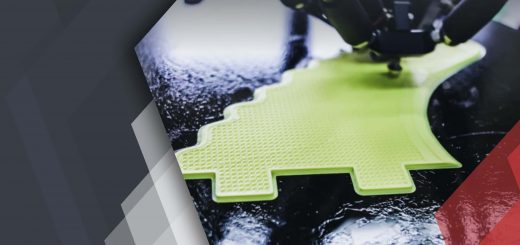Technical Disclosures
There may be some reasons why a company may wish to avoid patenting a given invention, such as cost, or the fact that the invention may not meet the patentability criteria. That is, instead of patenting all inventions, savvy intellectual property (IP) managers seek to patent only the broadest or most relevant inventions. The question then arises about what to do with incremental or noncore inventions. If a company does not patent them, a competitor might; the competitor could then prevent the company from using its own inventions in its products and services. One solution is to publish technical disclosures describing inventions, which can serve as prior art to prevent related patents from being granted in the future. It may be understood that this stands in sharp contrast to keeping it as a trade secret.
Many large corporations (such as IBM and Xerox) are using their own technical disclosure bulletins, which are widely recognized to disclose inventions which are sometimes not patentable (such as software, business methods) or does not merit expenses for filing a patent application. In a case study of IBM’s disclosures, it was found that approximately one out of six patents issued to IBM cite as prior art at least one article from the IBM Technical Disclosure Bulletin and most of these patents cite articles published less than five years earlier. This may be interpreted that IBM is often disclosing information about its research that it is actively pursuing in the form of technical disclosures.
The United States Patent and Trademark Office used to allow the inventors and applicants to request the publication of a Statutory Invention Registration (SIR) of a filed patent. This is effectively a technical disclosure of an invention for which a patent was applied and is published in the official gazette. By filing an SIR, the applicant abandons the prosecution of the patent in exchange for the disclosure of the invention by the patent office, and in turn avoids further costs with prosecution of the patent application, and the like. Statutory invention registrations are no longer available under U.S. law since the Leahy-Smith America Invents Act (AIA) entered into force in 2013.




